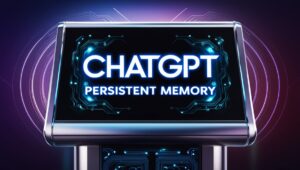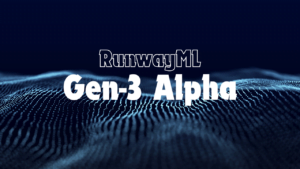Groq is a new platform offering access to powerful LLMs, similar to ChatGPT and Gemini, but with a focus on speed and customizability, claiming 75x faster response.
Note: Do not confuse Groq with the Grok chatbot. They are different having similar names.
By leveraging its hardware technology, Groq aims to enable faster and more efficient execution of AI algorithms, thereby enhancing the capabilities of AI applications across different domains.
How does Groq achieve this blazing-fast speed?
It achieves what it claims by using something called an LPU (Large Language Model Processing Unit). These LPUs have advantages over traditional GPUs and CPUs when it comes to processing Large Language Models (LLMs). Here’s a breakdown of the main points:
- Compute Density: The LPU is designed with a higher compute density specifically optimized for processing LLMs. This means that it can perform more computations per unit of volume or area compared to GPUs and CPUs. Higher compute density allows for more efficient processing of complex language models.
- Memory Bandwidth: One of the bottlenecks in processing LLMs is the access to memory. The LPU addresses this by optimizing memory bandwidth, ensuring that data can be accessed and transferred at high speeds. This reduces the time required to fetch data from memory, which is crucial for processing large sequences of text efficiently.
- Faster Text Generation: By overcoming the compute density and memory bandwidth bottlenecks, the LPU can calculate each word in a sequence of text more quickly compared to traditional hardware like GPUs and CPUs. This results in faster generation of text sequences, enabling more efficient use of LLMs for tasks such as natural language processing, text generation, and language translation.
- Improved Performance: Eliminating external memory bottlenecks is mentioned as a key advantage of the LPU. This leads to orders of magnitude better performance when processing LLMs compared to GPUs. The ability to access and process data quickly without being limited by memory bandwidth significantly enhances the overall performance of LLM applications.
How to access the Groq platform?
- Visit Groq’s website.
- Sign in with your Google account (though not mandatory).
- Choose the desired model and version (adjusting the context window size if needed).
- Type your prompt in the chat box and hit Enter.
- Read the AI’s response and its generation speed (it is blazing fast but the responses might be a bit shorter).
- Optionally, modify the response using the “Modify” feature.
- Set system prompts if needed.
- Copy the content of messages (responses and prompts) for further use.
What does Groq have to offer?
- Faster responses: it claims to respond 75 times faster than the average typing speed and processes information at 100 tokens per second, surpassing the capabilities of typical CPUs and GPUs.
- Access to diverse models: Groq doesn’t have its own model but provides access to various open-source models like Meta’s Llama 2 and French AI models (including Mixtral, which is near GPT-4 level).
- Switching models: Similar to choosing between GPT-3.5 and GPT-4 on paid ChatGPT, Groq allows switching between different models and versions.
- User interface: Groq offers a user-friendly interface resembling ChatGPT and other language models, with a prompt box for user queries and displayed responses.
- Unique features:
- Modify: Groq offers a unique “Modify” feature, allowing users to refine responses by choosing different layouts (similar to Docs and Word).
- System prompt: Users can set custom instructions for the AI, similar to ChatGPT’s “custom instructions,” influencing its response style and holding information in its memory.
While Groq’s offerings show promise, the extent to which they can disrupt the AI industry depends on various factors, including market adoption, competition, technological advancements, and continued innovation. Additionally, Groq will need to demonstrate the reliability, compatibility, and cost-effectiveness of their solutions to gain traction in the highly competitive AI hardware market.






